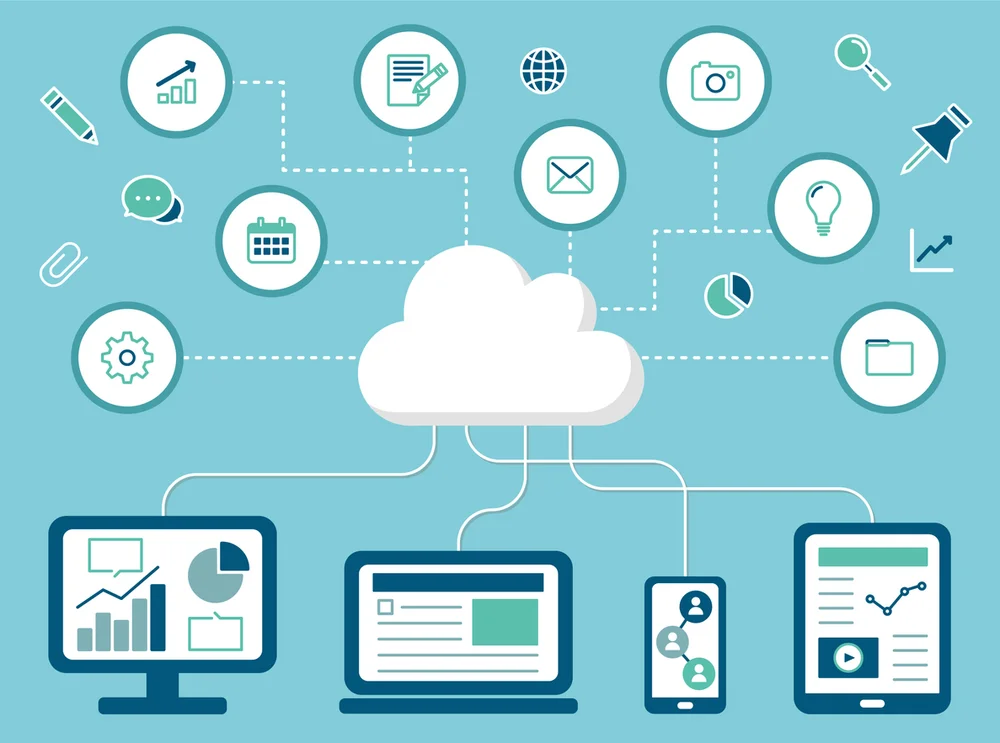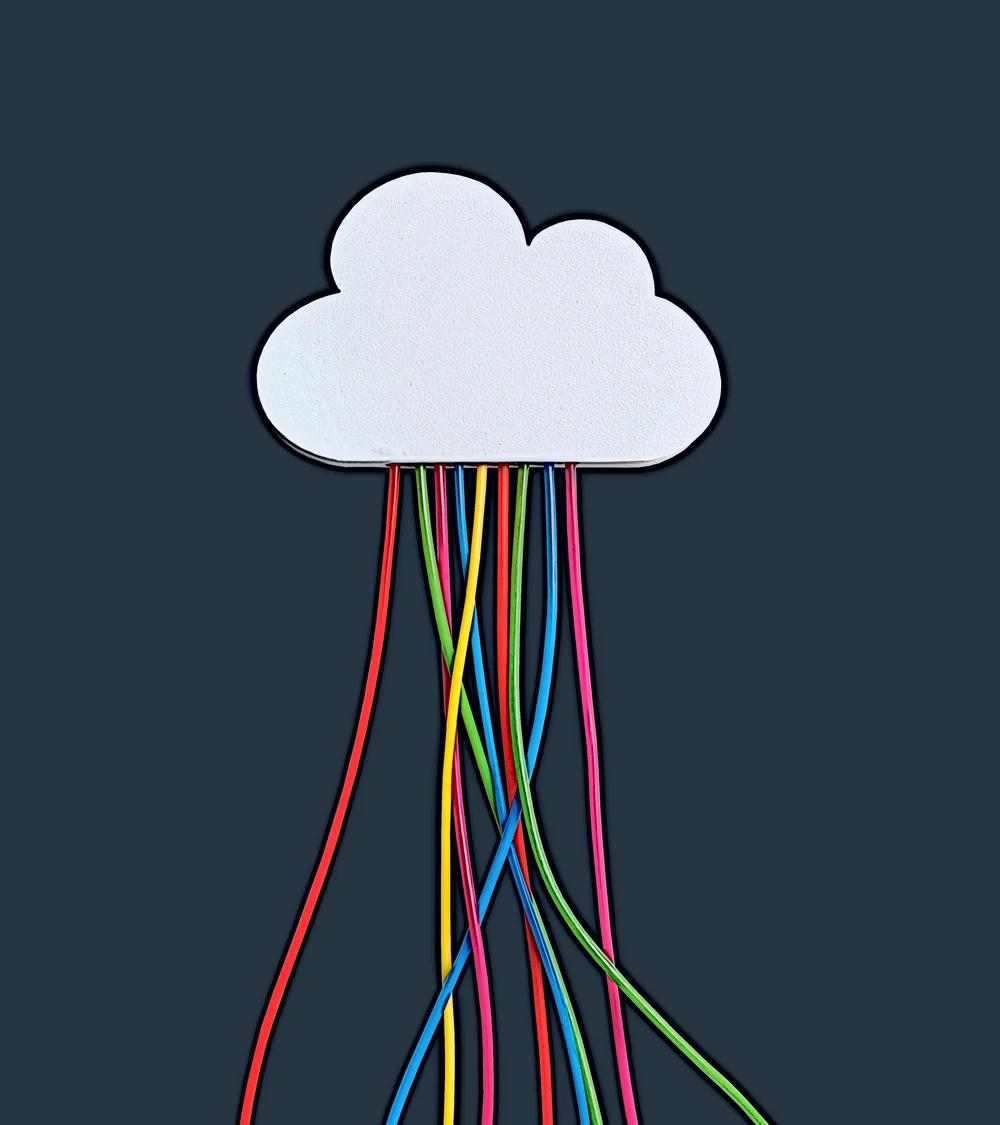Introduction to cloud computing for research




Cloud computing has quickly gained popularity over the last decade, especially in business circles. Due to the rapid development, Gartner names cloud infrastructure and platform services (CIPS) as the de facto platform for existing traditional workloads and new digital services. Indeed, Gartner projects that 40% of all enterprise workloads will be deployed in the cloud by 2023 – up from 20% in 2020.
Businesses around the world trust cloud platforms. Although not perfect, cloud computing facilitates and streamlines workflows in many industries, including research, data science, machine learning, and software delivery simulation.
“Cloud” continues to be a hot topic. The “cool factor” increases tenfold for any product or service whose name contains the word “cloud.” However, not every end-user understands the accurate meaning of the term. If the premise of cloud computing is unclear, let us illustrate some important features of the cloud industry below.
What is cloud computing, and what are its uses?
 Basic Cloud Computing Chart
Basic Cloud Computing Chart
In simple terms, “cloud” refers to computer resources - resources like data storage, general computing power, and graphics processing made available to users over the internet. The actual hardware behind cloud computing resides in global data centers hundreds or thousands of miles away from the cloud computing customer. Through the internet, individuals and organizations can leverage these vast computational resources.
The word “cloud” refers to flowcharts that historically represented the infrastructure of the internet as a cloud-like shape. Clouds were used to simplify network diagrams. The cloud icon implied that the underlying structure of the internet wasn’t relevant to an application. Similarly, with cloud computing, the systems that support the cloud resources (notably the physical hardware) do not matter to the end user.
Cloud computing is available in several models:
- Infrastructure-as-a-Service (IaaS) model that provides low-level, fine-grained control of computational resources; and
- Platform-as-a-Service (PaaS) and Software-as-a-Service (SaaS) solutions, which offer valuable, simplifying abstractions, but are less flexible.
Common uses of cloud computing
Cloud computing isn’t ubiquitous in business just yet. However, cloud resources are already being used for many applications, including extensive use for:
- Big data analytics;
- Data backup and disaster recovery; and
- Testing and development of new features, products, and services.
The leading cloud platforms - Google Cloud, Microsoft Azure, and Amazon Web Services - offer rather “exotic” and specialized services, like those for video game hosting, computer vision, and biomedical data. Evaluation methodologies are available to benchmark different cloud services.
Cloud technologies are commonly used in a large array of industries, including healthcare, customer service, digital marketing, and research.
Benefits of cloud computing for researchers
 Cloud Benefits Graphic
Cloud Benefits Graphic
The remote nature of cloud computing brings to life a certain range of benefits. When it comes specifically to research, cloud computing could help researchers:
- Achieve more accurate results and improve research quality;
- Carry out more research within a given timeframe;
- Complete research in a shorter amount of time; and
- Improve the cost-effectiveness of their workflows.
These outcomes are made possible by several positive properties of cloud platforms that are outlined below.
Access to vast computational resources
The primary benefit of cloud computing is access to enormous computational resources. For example, performing complex computations across dozens or hundreds of GPUs is typically inconceivable with on-premises systems. Nonetheless, this can be achieved using very little effort in the cloud (budget permitting). Specifically, the cloud makes massive storage space, vast CPU and GPU resources, enormous memory, and robust managed services accessible to researchers, for a wide variety of demanding research workflows.
Reduced deployment costs
Computer hardware setup is a costly and time-consuming process. On-premises hardware setup requires additional data center personnel (increased labor costs), while additional IT equipment requires substantial space, proper environmental conditions, and maintenance.
Cloud service providers take care of hardware setup and configuration for customers. Customers can make use of the cloud pragmatically and instantly without the need to evaluate vendors, invite bids, negotiate pricing, manage delivery/installation/setup schedule risks, and account for eventual equipment depreciation. Upfront costs are negligible compared to in-house hardware setup. Rather, clients are only charged when they actually use cloud resources. Fundamentally, cloud computing is an OpEx-intensive financial model and on-premises systems are a CapEx-intensive financial model. This is a compelling benefit of the cloud for some cloud computing customers.
Virtually infinite scalability
Cloud computing platforms rely heavily on hardware virtualization. This capability permits clients to dynamically change the volume of allocated resources. The platform service providers can scale only as much as the underlying infrastructure allows, but for all practical purposes this can be considered infinite scalability for most customers
Researchers effortlessly scale their research computations, and this scaling rarely requires changes to the workload architecture. Everything is handled by the cloud provider. Scalability isn’t free, but cloud platforms can evolve with the client’s needs as long as the budget permits.
Improved focus on research
Deployment of in-house data center equipment is not the only challenge. Organizations also need to regularly clean, upgrade, and otherwise maintain their hardware. Cloud computing allows researchers and businesses alike to outsource these aspects of owning hardware to a third party, (i.e., the cloud service provider). Consequently, researchers get the opportunity to allocate more resources to their core activity, without the need to look after expensive computer systems.
What are the risks and challenges of cloud computing?
 Two Minds Graphic
Two Minds Graphic
Cloud computing is a wonderful instrument in the right situation, but it does have a range of shortcomings. Some of these are quite significant:
- Privacy and confidentiality concerns. Effectively leveraging cloud resources means that a customer must store research data in the cloud. Executing this activity raises concerns related to the privacy, confidentiality, ownership, and proper handling of the data by the cloud service provider. Transitioning to the cloud may be challenging or even impossible if the customer is dealing with sensitive information.
- Limited customizability. Many cloud platforms provide low-level access to their services. Yet, cloud computing is sometimes not as flexible as its on-premises equivalent. Thus, the client may not be getting the best-fitting solution for its project’s requirements.
- Dependence on the cloud service provider. Reputable cloud service providers guarantee certain levels of uptime via service level agreements (SLAs). But some organizations cannot afford even 0.01% downtime. Do vendors provide high-quality, 24/7 customer support services? Is a service provider trustworthy? Does the customer have a backup plan in case the service provider goes out of business? What about disaster recovery plans in case of cybersecurity intrusions, ransomware, and malware infections? These are some of the risks necessary to consider with cloud computing.
- Dependence on internet access and increased bandwidth. Access to projects in the cloud relies on an internet connection and high bandwidth capability. The reliability of an internet service provider combined with the efficiency of the cloud-based experience determines the cloud platform’s reliability! Are large audio/video files and data sets being uploaded and downloaded by a large number of users at the same time?
- Long-term costs. Cloud resources require substantially less upfront investment than owned hardware. The customer is normally billed on a pay-as-you-go model. However, the costs of consuming cloud compute time may accumulate and exceed initial savings over an extended period.
Next steps
Cloud computing is a double-edged sword. A review of cloud platform services reveals encouraging perks and distressing drawbacks. Thus, the client needs to consider all aspects of cloud services before deciding whether to commit.
Data confidentiality and privacy are arguably the most important considerations when it comes to outsourcing research computations and data storage to the cloud. Cloud computing may be undesirable or pose legal challenges, depending on the jurisdiction and the nature of the data.
As outlined earlier, cloud platforms have other downsides. All these issues and obstacles need to be investigated to facilitate the optimal decision. Cloud services have significant potential. Researchers may achieve new heights of performance and efficiency, but these services also contain subtle risks that need to be carefully weighed.
References:
Al-Malah, D. K. A. R., Aljazaery, I. A., Alrikabi, H. T. S., & Mutar, H. A. (2021, February). Cloud Computing and its Impact on Online Education. In IOP Conference Series: Materials Science and Engineering (Vol. 1094, No. 1, p. 012024). IOP Publishing. doi:10.1088/1757-899X/1094/1/012024.
Montes, D., Añel, J. A., Wallom, D. C., Uhe, P., Caderno, P. V., & Pena, T. F. (2020). Cloud Computing for Climate Modelling: Evaluation, Challenges and Benefits. Computers, 9(2), 52.
Pettit, C., Stimson, B., Barton, J., Goldie, X., Greenwood, P., Lovelace, R., & Eagleson, S. (2020). Open access, open source and cloud computing: a glimpse into the future of GIS. In Handbook of Planning Support Science. Edward Elgar Publishing. doi:10.3390/computers9020052.


